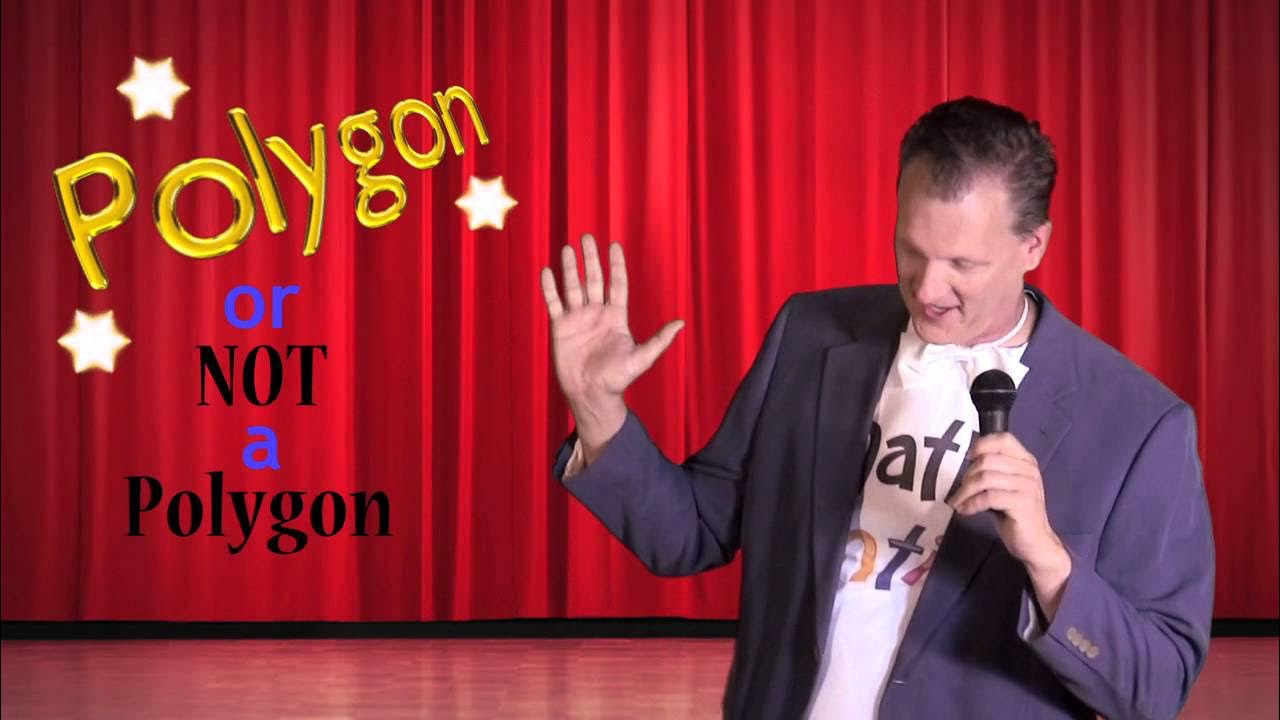Types of Quadrilaterals and Other Polygons
TLDRThe script discusses properties of polygons, beginning with quadrilaterals. It explains definitions and constraints of shapes like trapezoids, kites, parallelograms, rhombuses, and rectangles, showing how squares meet the criteria for several types. It then covers polygons with more than four sides, defining them and naming types like pentagons and octagons based on their number of sides. It explains regular polygons have equal sides and angles. Finally, it shows how to calculate the sum of interior angles of any polygon based on its number of sides.
Takeaways
- 😀 Quadrilateral is a shape with 4 sides and 4 angles. Based on properties of the sides and angles, quadrilaterals can be classified into trapezoid, kite, parallelogram, rectangle, rhombus and square.
- 😀 A trapezoid has 1 pair of parallel sides. A kite has 2 pairs of congruent consecutive sides with perpendicular diagonals.
- 😀 A parallelogram has 2 pairs of parallel and congruent sides with congruent opposite angles. Diagonals bisect each other.
- 😀 A rectangle is a parallelogram with 4 right angles. A rhombus is a parallelogram with 4 congruent sides.
- 😀 A square has 4 congruent sides and 4 right angles. It is a special case of all other quadrilaterals.
- 😀 Polygons are shapes with 3 or more straight sides. Names are based on number of sides - pentagon (5), hexagon (6) etc.
- 😀 Regular polygons have all equal sides and angles. Angles of any polygon add up to (n-2)*180 where n is number of sides.
- 😀 Circles are not polygons as they don't have straight sides.
- 😀 Triangles and quadrilaterals are also polygons but have specific names.
- 😀 Understanding properties of different shapes helps in deductive reasoning and forming logical arguments.
Q & A
What are the two main categories of shapes discussed in the script?
-The two main categories of shapes discussed are triangles and quadrilaterals.
What is the definition of a trapezoid?
-A trapezoid is a quadrilateral that has precisely one pair of parallel sides.
What are the properties of a kite?
-A kite is a quadrilateral that has two pairs of congruent consecutive sides and diagonals that are perpendicular.
What are the criteria for a quadrilateral to be classified as a parallelogram?
-A parallelogram is a quadrilateral where opposite sides are parallel and equal in length, causing opposite angles to also be equal.
How is a rhombus different from other parallelograms?
-A rhombus is a type of parallelogram with four equal sides, unlike more general parallelograms.
What types of quadrilaterals are always rectangles?
-Squares are always rectangles since they have four right angles and four equal sides.
What is the definition of a polygon?
-A polygon is any shape formed by three or more straight line segments.
Why are circles not considered polygons?
-Circles do not qualify as polygons because polygons are limited to shapes with only straight line segment sides.
How can you calculate the total internal angles of any polygon?
-Subtract 2 from the number of sides, and multiply the result by 180 degrees.
What is a regular polygon?
-A regular polygon has all equal sides and angles.
Outlines
📐 Explaining Different Types of Quadrilaterals
This paragraph defines and explains various types of quadrilaterals. It starts by defining a quadrilateral as any four-sided polygon. It then explains specifics of different quadrilaterals - trapezoids have one pair of parallel sides, kites have two pairs of equal-length consecutive sides, parallelograms have two pairs of parallel and congruent sides with congruent opposite angles. Rhombuses and rectangles are types of parallelograms with certain constraints. Squares meet the constraints to qualify as rectangles, rhombi, parallelograms and quadrilaterals.
🤔 Checking Comprehension on Polygon Topics
This closing paragraph states that now we know about different polygon shapes, it's time to check comprehension on what we learned.
Mindmap
Keywords
💡triangle
💡quadrilateral
💡parallelogram
💡polygon
💡side
💡angle
💡perpendicular
💡regular polygon
💡diagonal
💡congruent
Highlights
The study found that sleep deprivation impairs brain function and can lead to serious health problems.
Getting less than 7 hours of sleep per night is associated with an increased risk of obesity, diabetes, heart disease, and stroke.
The brain requires sleep to consolidate memories, clear toxins, and restore itself each night.
During sleep, the brain goes through cycles of REM and non-REM sleep that are vital for cognitive function and emotional regulation.
Sleep deprivation disrupts hormone levels and impairs glucose metabolism which can increase inflammation and stress in the body.
Getting adequate sleep is as important as diet and exercise for maintaining physical and mental health.
Establishing a regular sleep schedule, limiting screen time before bed, and optimizing the sleep environment can improve sleep quality.
Cognitive behavioral therapy for insomnia is an effective treatment for those who struggle with chronic sleep problems.
Sleep disorders like sleep apnea need to be diagnosed and treated to prevent the health risks of untreated sleep loss.
More research is still needed to fully understand all the biological mechanisms and health impacts of sleep.
Getting 7-9 hours of sleep per night is recommended for adults, while children and teens need even more sleep.
Drowsy driving causes thousands of accidents every year underscoring the importance of getting sufficient sleep.
Sleep should be prioritized just like diet and exercise rather than viewed as something expendable or optional.
Adequate high-quality sleep is essential for physical health, mental well-being, productivity, and public safety.
More public health initiatives are needed to educate people on the risks of sleep deprivation and benefits of healthy sleep.
Transcripts
5.0 / 5 (0 votes)
Thanks for rating:





